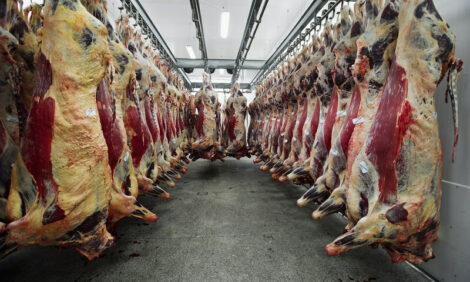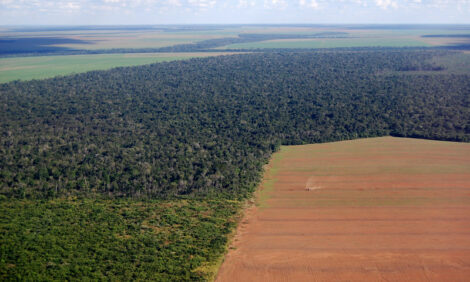



Scientists Clone Endangered Asian BQanteng
US - A pair of banteng calves born last week were cloned from an animal that died more than 20 years ago, researchers said on Tuesday -adding they hoped to save more endangered animals using cloning.Massachusetts-based Advanced Cell Technologies said cells frozen from an animal that died in 1980 without leaving any offspring were successfully cloned using cells from cattle, and two of the babies made it to birth last week.
The experiment, a collaboration including ACT, the San Diego Zoo, Iowa State University and Trans Ova Genetics, worked in part because bantengs are closely related to domestic cattle, said Dr Robert Lanza, chief scientist for ACT.
"The San Diego Zoo sent us a vial of frozen cells from a banteng (Stud #319) that was unique in its conservation value," Lanza said in an e-mail exchange.
"The bantengs were cloned by transferring the DNA from these cells into empty eggs from ordinary domestic cows. We implanted the cloned embryos into a herd of beef cattle which served as surrogate moms. Although we started with 16 pregnancies, only two of them went to term."
ACT did that two years ago with an oxlike animal called a gaur. The little calf died after only a few days.
The pair of bantengs looked healthy, Lanza said.
"They're both vigorous and healthy -- they look like little Bambis with their big brown eyes and ears," he said.
"We hope that the birth of these animals will open the way for a new strategy to help maintain valuable biodiversity and to respond to the challenge of large-scale extinctions ahead."
Cloning truly extinct animals, such as the Tasmanian tiger, an Australian marsupial, may prove more difficult.
But cells frozen under modern conditions might offer a way to preserve animals that have more recently become endangered.
Source: Hindustan Times


